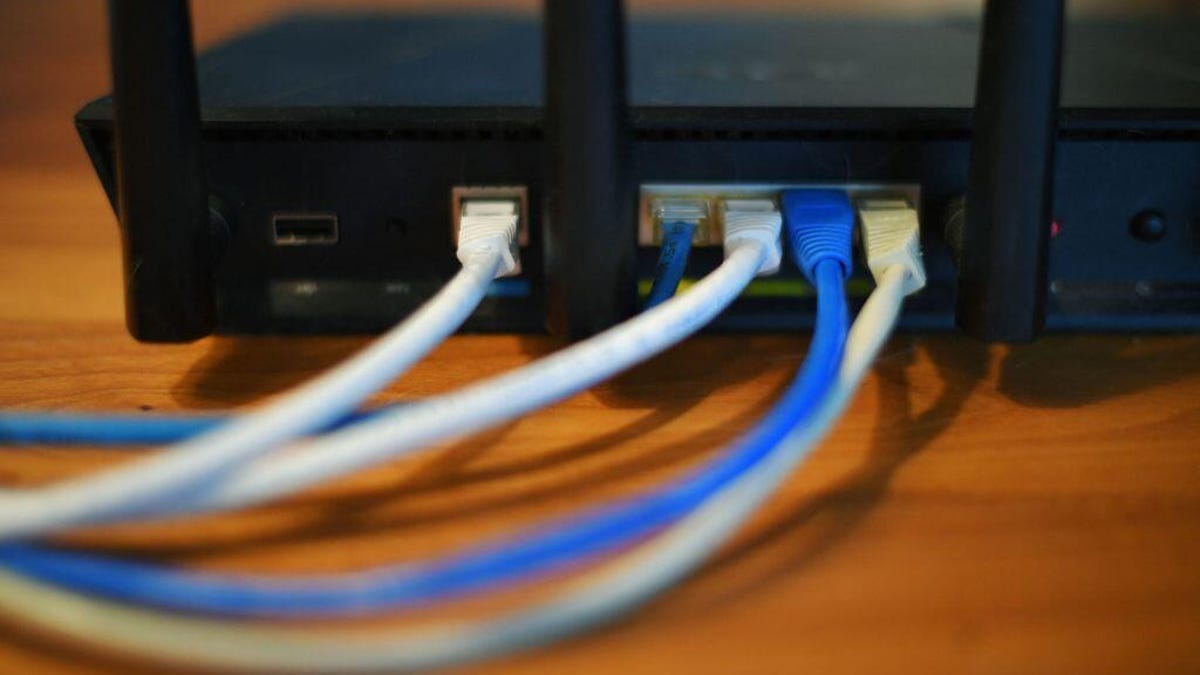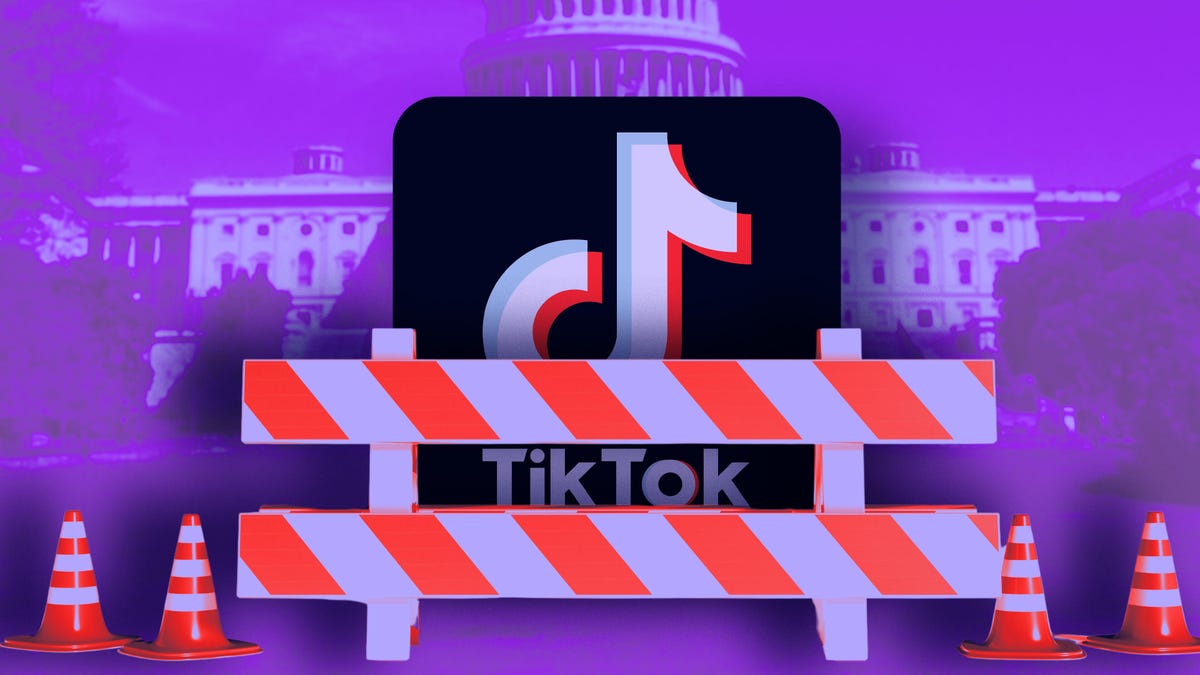The ACP Helps Millions Afford Internet. It Could Be Gone by Next Year

Millions of American households could see a steep increase in internet costs next year, with Black and Hispanic families bearing most of the burden.
Sometime around the middle of 2024, the Affordable Connectivity Program will run out of money. The federal program offers monthly subsidies of $30 to $75 to help low-income households pay for home internet.
It was initially born out of a pandemic-era program called the Emergency Broadband Benefit in 2021, which was replaced six months later by the longer-term ACP when Congress devoted $14.2 billion to the program as part of the Infrastructure Investment and Jobs Act.
Today, less than $5 billion in funding remains. Unless more money is added to the program, the ACP will likely expire sometime in mid-2024, according to projections from the Benton Institute for Broadband and Society and the Information Technology and Innovation Foundation. President Joe Biden recently requested an additional $6 billion in funding from Congress that would carry the ACP through to the end of 2024, but Congress has not yet added it to a bill.
How the ACP has helped close the digital divide
More than 22 million households are currently enrolled in the Affordable Connectivity Program — around half of all eligible households. That means around 19% of all broadband subscriptions in the US are relying on the subsidy.
“We’ve seen millions of families get affordably connected, when previously they were entirely priced out of the market,” said Christopher Ali, professor of telecommunications at Penn State University. “It’s been a success, and that success should be what is fueling Congress to make the appropriations permanent.”
An analysis by the Benton Institute found that the ACP has had a significant impact on broadband adoption, particularly in cities like Detroit, Cleveland and Baltimore, which have some of the highest poverty rates in the nation. Enrollment has also been higher than expected in areas with larger Black and Hispanic populations, and in places with high unemployment, according to an analysis of ACP data by Benton Institute Senior Fellow John B. Horrigan.
Still, at the beginning of 2023, over half of all eligible households said they had never heard of the ACP and didn’t know anything about it. About 6 million additional households have enrolled since then, but that still leaves as many as 26 million eligible households (PDF) that aren’t benefiting from the subsidy.
“They rolled out promotion for the Affordable Connectivity Program using only broadband, so the irony was that you needed broadband in order to hear about the ACP,” Ali said. “It is still very complicated and time-consuming to sign up. We need to make it easier on families. It should either be automatic, or much, much, much more streamlined.”
To apply for the ACP subsidy today, you need to fill out an application with the Federal Communications Commission, or through your internet provider’s website, which requires pulling together several documents that prove your income. Once it’s approved, the federal government pays the subsidy to your internet provider, which then applies it to your internet bill.
Affordability is the main barrier to internet
While broadband infrastructure typically gets the bulk of headlines and funding when it comes to closing the digital divide — compare the $14.2 billion in ACP funding with $42 billion for building broadband infrastructure — affordability is actually the primary barrier for most people.
“The digital divide is fundamentally tied to inequality,” Ali told us. “We often think that it’s an infrastructure issue, which is the case in rural and remote and indigenous communities, but the reason most people don’t have internet is price.”
According to a 2021 Pew Research Center survey, 20% of people who don’t have a home internet subscription listed “too expensive” as the main reason — the highest of any answer and well above the 9% who said service isn’t available. Another study found that “for every American without broadband service available, up to twice as many have service available but still don’t subscribe.”
What’s next for the ACP?
While the White House requested an additional $6 billion to keep the router lights on for the ACP through 2024, this is largely a stopgap measure and a far cry from the permanent funding many advocates would like to see.
In a sharply divided Congress, this is the rare issue with strong bipartisan support. According to polling from Public Opinion Strategies and RG Strategies, 78% of voters support continuing the ACP, including 64% of Republicans, 70% of independents and 95% of Democrats. A bipartisan group of 26 governors recently sent a letter (PDF) to leadership in Congress urging them to extend funding. The FCC is expected to set a date for internet providers to notify ACP participants that the program is expiring, but has not yet done so.
How to apply for the ACP
Even with its murky future, it’s still worth taking advantage of the ACP for as long as it lasts. The program is intended for low-income households, so you’ll have to meet income requirements in order to qualify.
If anyone in your household participates in a low-income program like Lifeline, Federal Public Housing Assistance, Medicaid, the Supplemental Nutrition Assistance Program, Supplemental Security Income and the Special Supplemental Nutrition Program for Women, Infants and Children, you’ll also be eligible for the ACP.
Even if you don’t use one of those federal programs, you can also qualify for the ACP if your income is less than or equal to 200% of federal poverty guidelines. Here are the income levels required for each state:
| Household size | Continental US | Alaska | Hawaii |
|---|---|---|---|
| 1 | $29,160 | $36,420 | $33,540 |
| 2 | $39,440 | $49,280 | $45,360 |
| 3 | $49,720 | $62,140 | $57,180 |
| 4 | $60,000 | $75,000 | $69,000 |
| 5 | $70,280 | $87,860 | $80,820 |
| 6 | $80,560 | $100,720 | $92,640 |
| 7 | $90,840 | $113,580 | $104,460 |
| 8 | $101,120 | $126,440 | $116,280 |
| For each additional person, add: | $10,280 | $12,860 | $11,820 |
Show more (5 items)
You can apply for the subsidy through the ACP directly or your internet provider. When you find a plan on an internet provider’s website, it will typically give you an option during checkout that says you meet the eligibility requirements. No matter which option you choose, you’ll have to provide some paperwork, including proof of participation in a federal program like SNAP, or documentation of your annual income.
You can find a full list of acceptable documents on the ACP site’s Show You Qualify page.
How to keep your internet affordable
Whether or not you’re currently benefiting from the ACP, there are a few things you can do to make sure you’re getting the best price you can for the internet you need:
- Buy your own equipment: Most internet service providers charge around $10 per month to rent equipment from them. You can find quality Wi-Fi routers for as little as $75, which will almost always pay for itself within the first year. Many ISPs include a modem with the price of their plans, but you may also need to purchase one of these separately.
- Lifeline: Lifeline is a federal program for low-income households that provides a $9.25 monthly subsidy that can be used on home internet service. Unlike the ACP, it’s permanently funded, so you won’t have to worry about losing it next year. You can qualify if your income is 135% or less than the federal poverty guidelines, or if you participate in SNAP, Medicaid or other federal programs.
- Low-income programs from providers: Many ISPs offer discounted plans for low-income households, including AT&T, Cox, Optimum, Spectrum and Xfinity. The easiest way to see which providers are available in your area is to enter your address on the FCC’s broadband map.
Source: CNET















